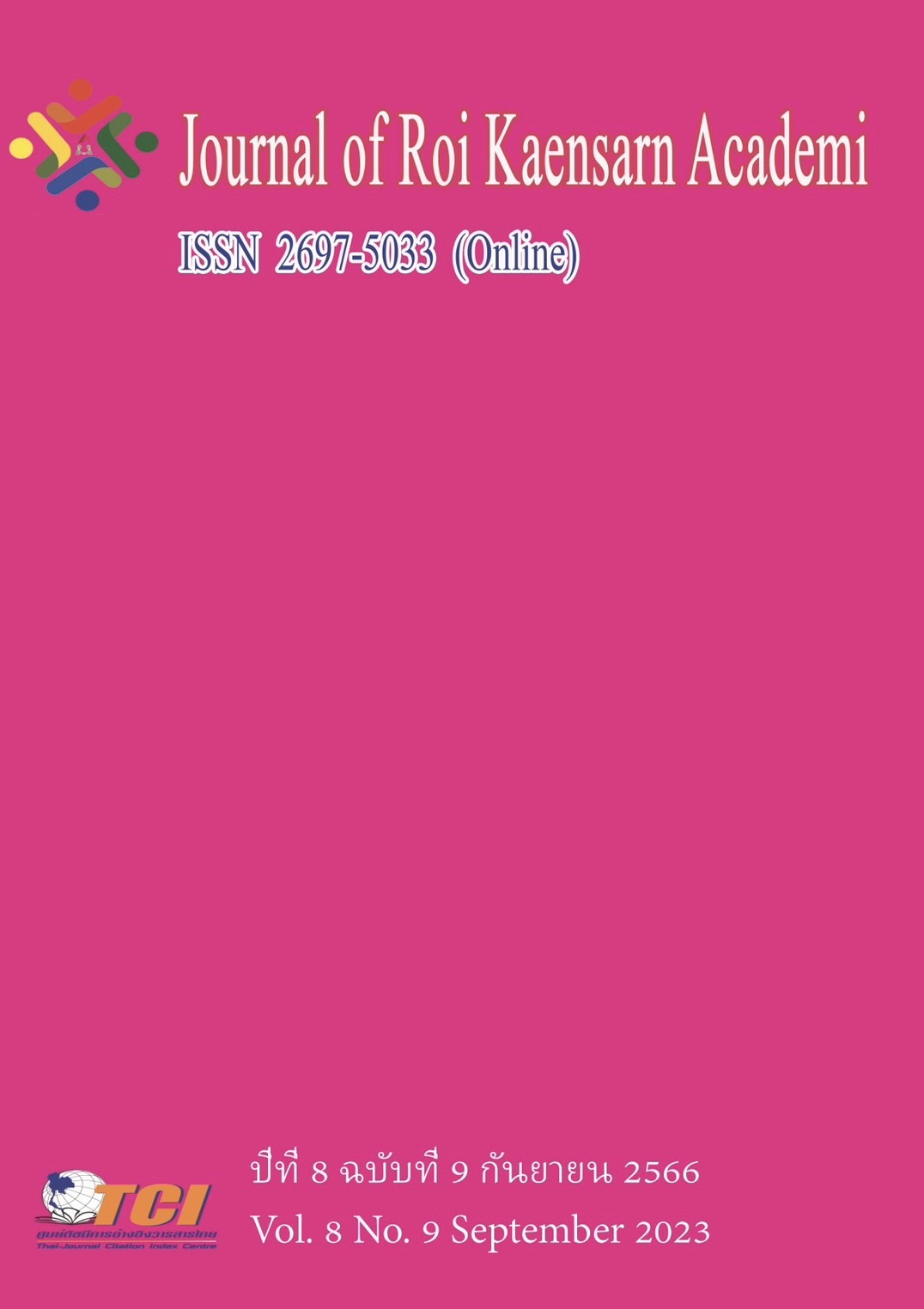The Effects of the Intervention of New Science and Technology on Teacher Instructional Leadership Models
Main Article Content
บทคัดย่อ
The objectives of this research were:(1) To study the effect of new science and technology on teachers' instructional leadership ; (2) To study the mediating effects of university leaders and administrators and organizational climate on the relationship between new science and technology and teacher instructional leadership in Dalian’s public colleges and universities ; (3) To evaluate the Model fit. in Dalian’s public colleges and universities.
The research was a quantitative research method. Population was Art teachers of 10 public colleges and universities in Dalian Liaoning Province, totalling 881 people. The samples were obtained through G*Power software, with a total of 407people.The key informants were Art teachers in public colleges, obtained by purposive sampling method. The instruments used for data collection was Online questionnaire survey platform_ Questionnaire Star. The statistics used for data analysis were confirmatory factor analysis (CFA)and structural equation model (SEM)were used for the data.
The research findings revealed that; (1) the constituent factors of teachers' instructional leadership of art teachers in public colleges and universities in Dalian City, Liaoning Province include: Instructional innovation.The promotion of teacher instructional 、Instructional guidance and management. Create a good instructional environment (2) Analyzed the impact on the teachers' instructional leadership of art teacher in public colleges and universities in Dalian Liaoning Province, and found that new science and technology has a direct impact teachers' instructional leadership through the intermediary variable university leaders and administrators and organizational climate.
Article Details
เอกสารอ้างอิง
A., D. T. (1997). Gunter Technology Integration: The Importance of Administrative Support. Educational Media International. 34 (3), 136-139.
Bai Yingying, M. D. (2013). Research on New learning and teaching Methods under educational informatization environment . China Education Informatization. (13), 41-44.
Byrne, B. M., & Van de Vijver, F. J. (2010). Testing for measurement and structural equivalence in large-scale cross-cultural studies: Addressing the issue of nonequivalence. International Journal of Testing. 10 (2), 107-132.
Bath, J., Arbuckle, A., Crompton, C., Christie, A., & Siemens, R. (2018). Futures of the Book. In The Routledge Companion to Media Studies and Digital Humanities. (336-344). Routledge.
Collier, J. E. (2020). Applied structural equation modeling using AMOS: Basic to advanced techniques. Routledge.
Nayebi, H. (2020). Advanced statistics for testing assumed casual relationships. Springer International Publishing , 65.

